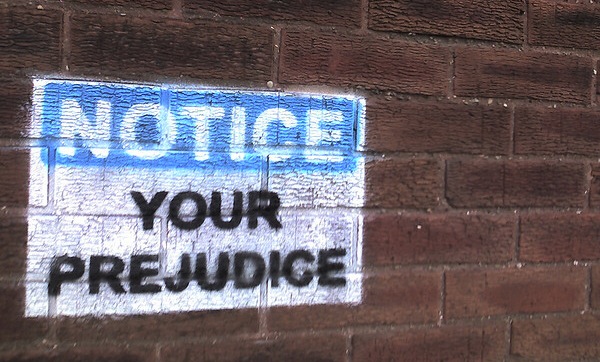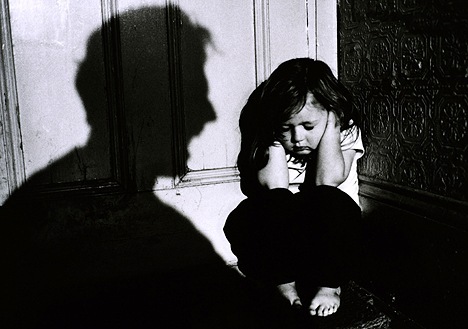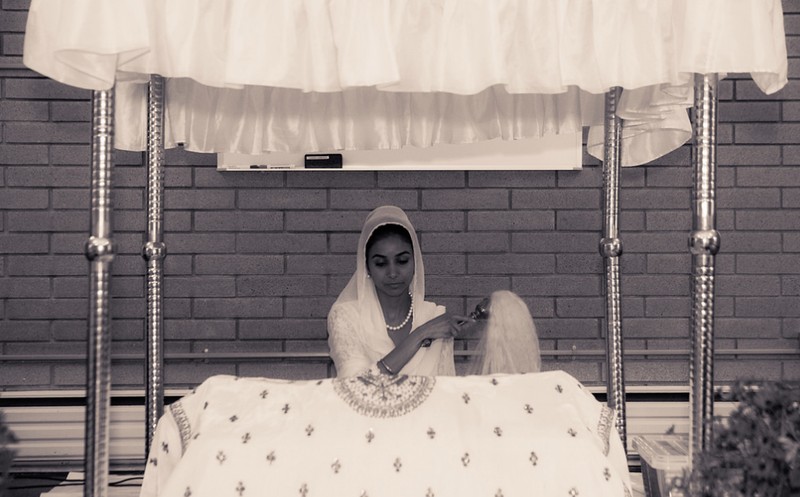Micro-Aggressions: The Invisible Bully
A Sikh’s guide to dealing with subtle oppression experienced in elementary school to adulthood
Part 2: The Bully & The Victim
This post is part two of a three-part series exploring subtle bullying called micro-aggressions.
- Part 1: Introduction & Types of Micro-aggressions
- Part 2: The Bully & The Victim
- Part 3: Dealing With It
In part one of this series, I introduced the topic of micro-aggressions, discussed subcategories, and provided examples of commonly experienced micro-aggressions. In this post, I write about the bully, the bully’s characteristics and intentions, and I write about how micro-aggressions impact the victim or “receiver.”
Who is the bully?
Who are the perpetrators of micro-aggressions? Who are the bullies? What is bullying?
Bullying is about the misuse of a power imbalance that occurs between two or more people. The most apparent imbalance of power in our culture is found in social identity differences. For Sikhs in America, this is religion and in some cases, race (Source 6).
In my situation during middle and high school, it was the pretty, fashionable, thin, talkative, blonde, popular white girls who had all the social power. They subtly, unknowingly used micro-aggressions to make me feel bad. My bullies were likable, humorous, high achieving, athletic, and came from functional families. My bullies were what are called “charismatic bullies.” Charismatic bullies, “…use subtle manipulation to exert their power over others. The charismatic bully is someone who is likely to be a leader amongst his or her peers. The charismatic bully’s charm is likely to mask any hint of anti-social behavior, thus making them difficult to identify.” Their mean actions are covert and hard to detect (Source 6).
Charismatic bullies sometimes engage in tactics such as hushing someone up or quieting an opposing voice. My bullies would definitely quiet my voice. If I answered in class, they would cut me off and answer louder, or purposely leave me out conversations. I would try to join a group of girls in conversation and ask, “Hey guys! What are you talking about?” They would respond, “Oh nothing,” and the group would disband. Or during group projects, they would make decisions without me and tell me what the plan was (instead of working on it collaboratively).
As much as I disliked these girls and as much as I felt they were deliberately mean to me, it turns out their communications were unconscious. “While people of color may feel insulted, they are often uncertain why, and perpetrators are unaware that anything has happened and are not aware they have been offensive,” (Source 1). This is probably the reason why I was unable clearly articulate to my parents why exactly I didn’t like school.
“Many well-intentioned [white people] consciously believe in and profess equality, but unconsciously act in a racist manner, particularly in ambiguous situations.” If a bully denies that she said anything mean, it’s usually not because she is lying. Its because she honestly believe she has done no wrong (Source 1).
Adulthood
Bullies persist into adulthood, too. They’re the rude, bossy, condescending co-workers who misuse their influence and power to manipulate others into following their lead. Or “quieting opposing voices by purposely leaving them out of key discussions. Or, by ensuring that their viewpoints prevail by not mentoring and nurturing the talent of those who come from diverse backgrounds, thus maintaining a mono-cultural organizational climate. These types of micro-aggressive behaviors help to maintain an imbalanced power structure in the vast majority of American institutions…they use micro-aggressive behaviors to both maintain their power in society and in turn maintain an imbalanced power structure amongst groups of people largely based on socio-cultural demographics,” (Source 6).
Effect on the “Receiver”
Acts of micro-aggressions seem subtle and small. Some might say they seem very insignificant. But micro-aggressions occur everyday (Source 1). Studies show that minorities frequently experience micro-aggressions, “…it is a continuing reality in their day-to-day interactions with friends, neighbors, co-workers, teachers, and employers in academic, social and public settings,” (Source 1). Minorities face micro-aggressions constantly and can lead to feelings of powerlessness, invisibility, pressure to comply, loss of integrity, and pressure to represent one’s group (Source 1).
Examples:
- Powerlessness: “There is nothing I can do, they’ll never accept me.”
- Invisibility: “I’m never picked to be in a group or a team. No one ever invites me to their parties.”
- Pressure to Comply: “I want to be liked, so I’m going to shave and cut my hair.”
- Pressure to represent one’s group: “I’m the only Sikh in school, I have to act ‘right’ all the time otherwise all Sikhs will look bad.”
Studies reveal that racial micro-aggressions have powerful and detrimental consequences to people of color. Micro-aggressions have been found to:
- Hurt the mental health of recipients
- Create a hostile and invalidating school or work environment
- Perpetuate stereotypes
- Create physical health problems
- Fill society with ideas that devalue minorities
- Lower work or school productivity and problem solving abilities
- Partially responsible for creating inequities in education employment and health care (Source 1)
Through micro-aggressions, minorities are often made to feel excluded, untrustworthy, second-class citizens, and abnormal. For example, when shopping with my sardar brother, I would have a terrible feeling of being watched suspiciously in stores, that any slip-up we make would negatively impact every Sikh. Sometimes, Sikhs feel pressured to represent the panth in positive ways, and we may feel trapped in a stereotype. “The burden of constant vigilance drains and saps psychological and spiritual energies of targets and contributes to chronic fatigue and a feeling of racial frustration and anger,” (Source 1). No wonder I hated going to school. Not only did I feel bullied, but I was drained of energy trying to act “right” on behalf of Sikhs.
All these subtle things built up and ultimately, by the end of high school I was left feeling insecure. I felt like I didn’t belong in my high school community. I didn’t have any physical bully to blame, so I thought it was my fault. I thought, “They must not like me because I’m lame, or no fun.” I internalized their oppression.
If I had known about micro-aggressions when I was 16, I might not have felt so alone and would have understood my environment.
Part 3: Dealing With It
By Lakhpreet Kaur
Sources
- http://www.psychologytoday.com/blog/microaggressions-in-everyday-life/201010/racial-microaggressions-in-everyday-life
- http://en.wikipedia.org/wiki/Microaggression
- http://bitchmagazine.org/post/microaggressions-because-it-IS-a-big-deal
- http://www.psychologytoday.com/blog/microaggressions-in-everyday-life/201011/microaggressions-more-just-race
- http://www.cesa1.k12.wi.us/cms_files/resources/microagressions_article.pdf
- http://www.psychologytoday.com/blog/microaggressions-in-everyday-life/201101/bullying-microaggressions
- http://teenstalkcultures.com/2013/02/15/what-are-microaggressions-can-i-influence-them/
- http://works.bepress.com/stacy_harwood/8/
- http://academiccommons.columbia.edu/catalog/ac:150381
- http://www.cesa1.k12.wi.us/cms_files/resources/microagressions_article.pdf





No Comments